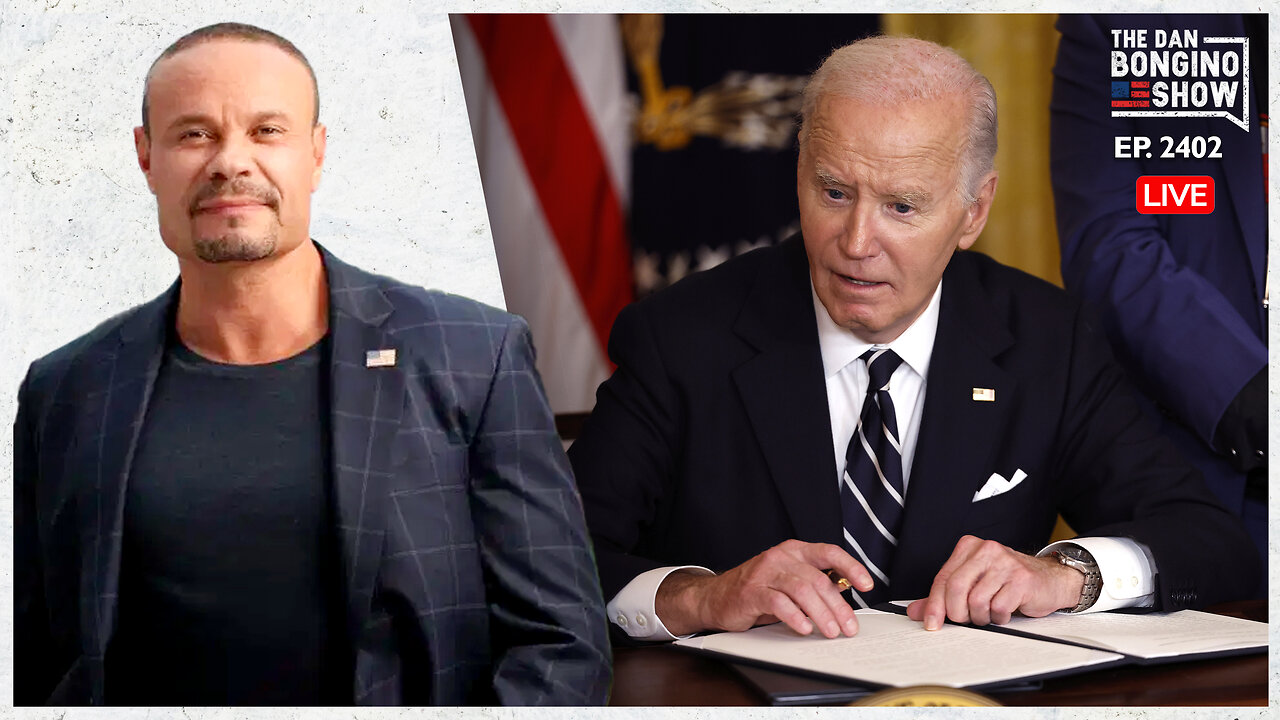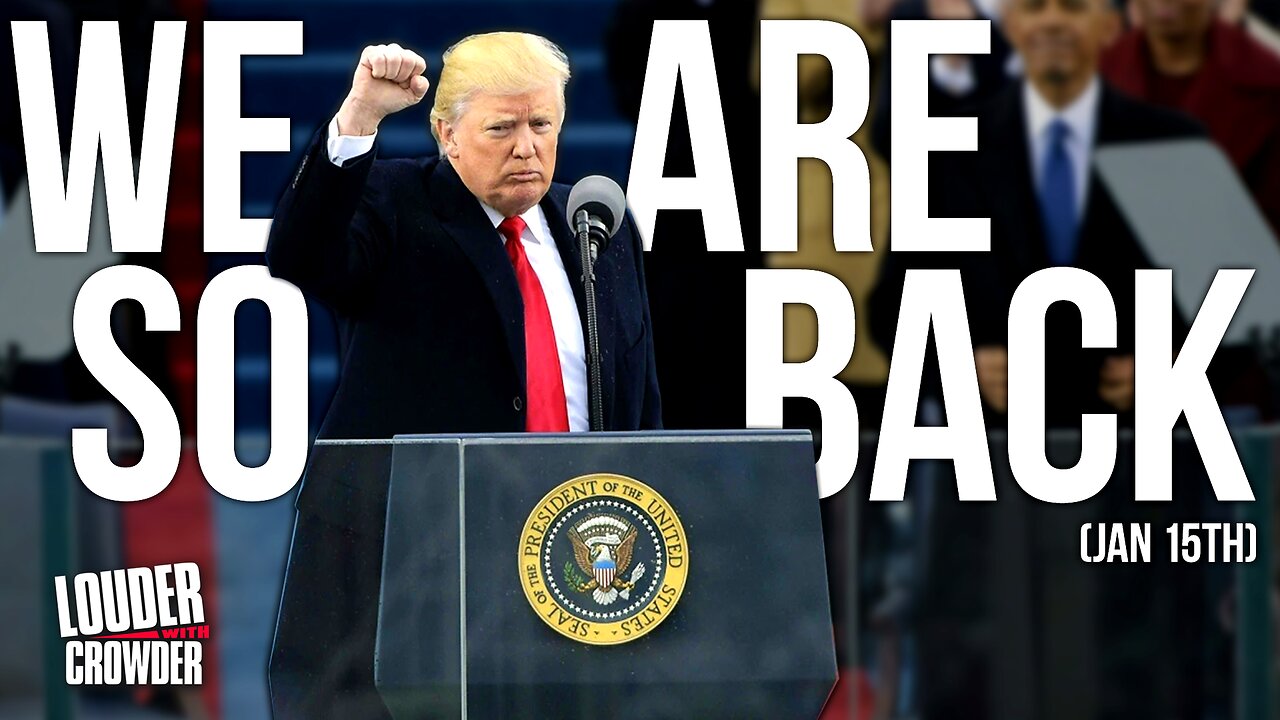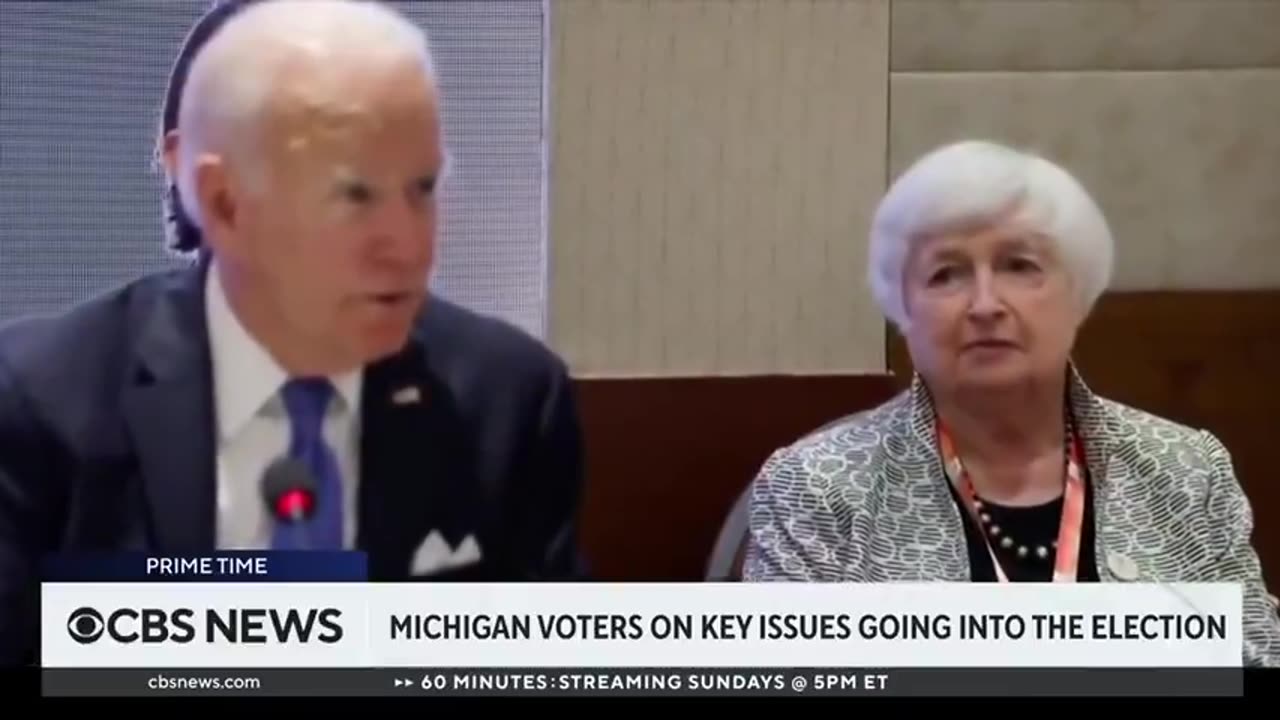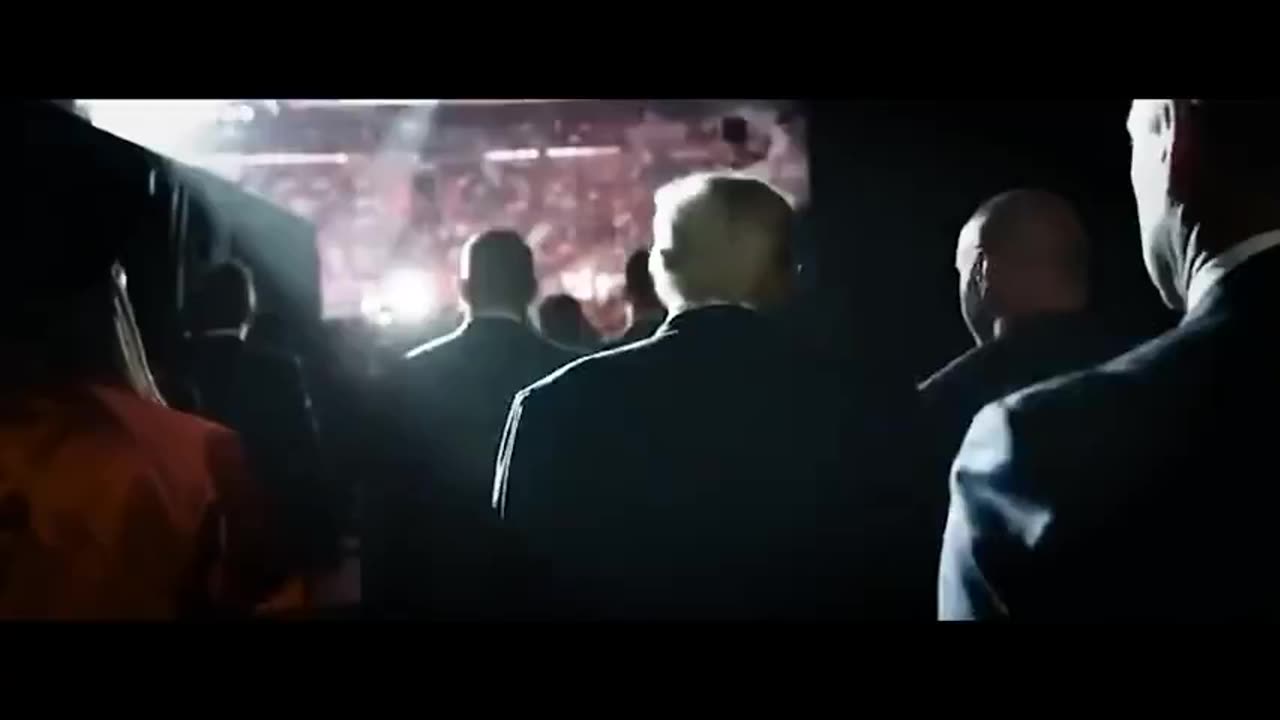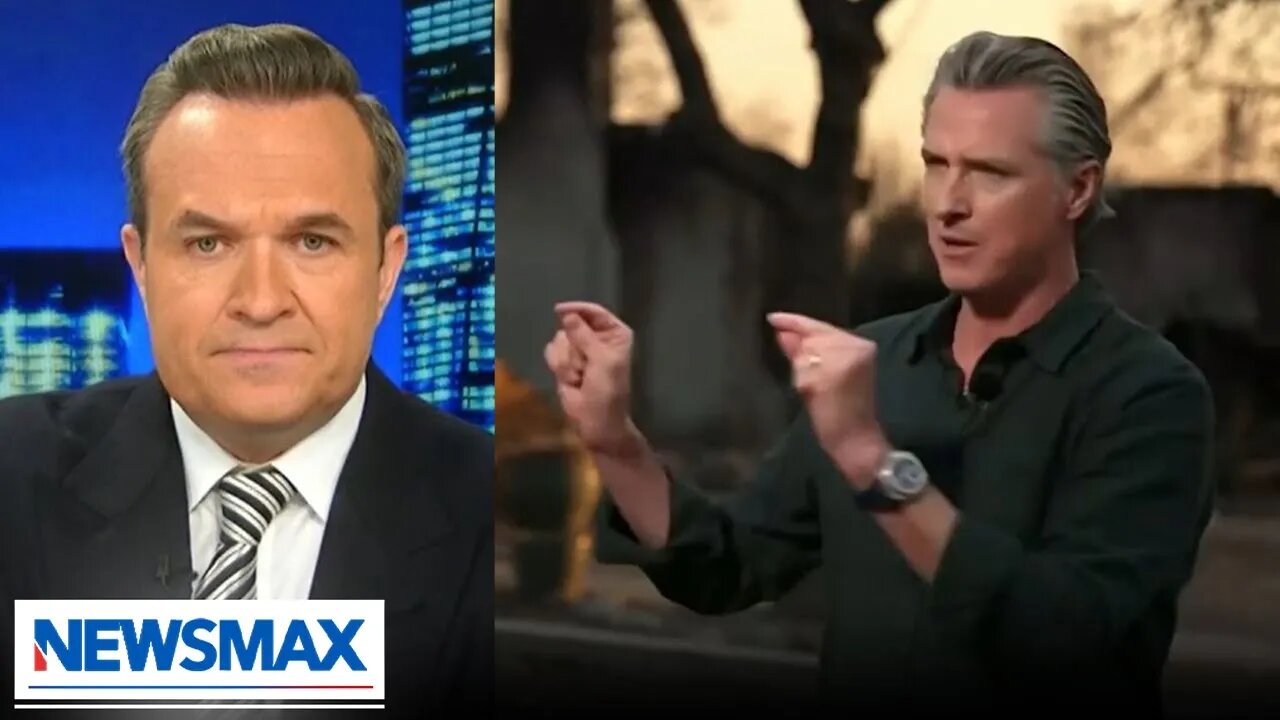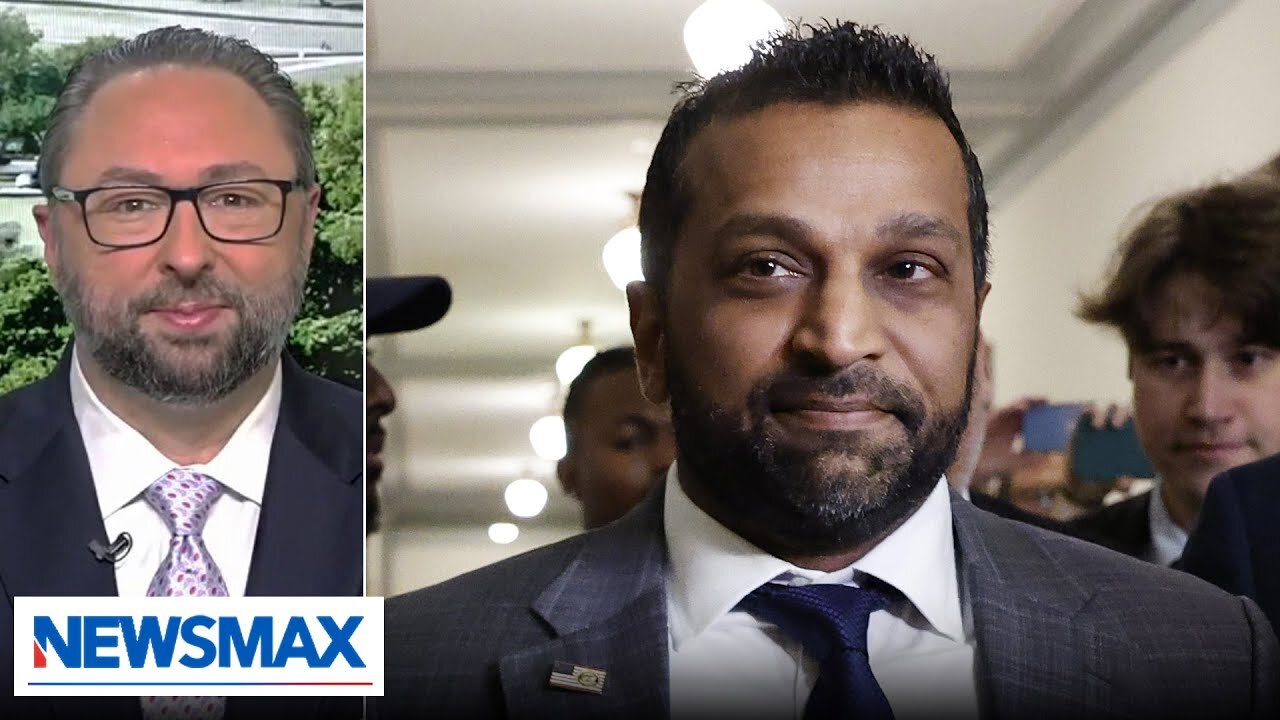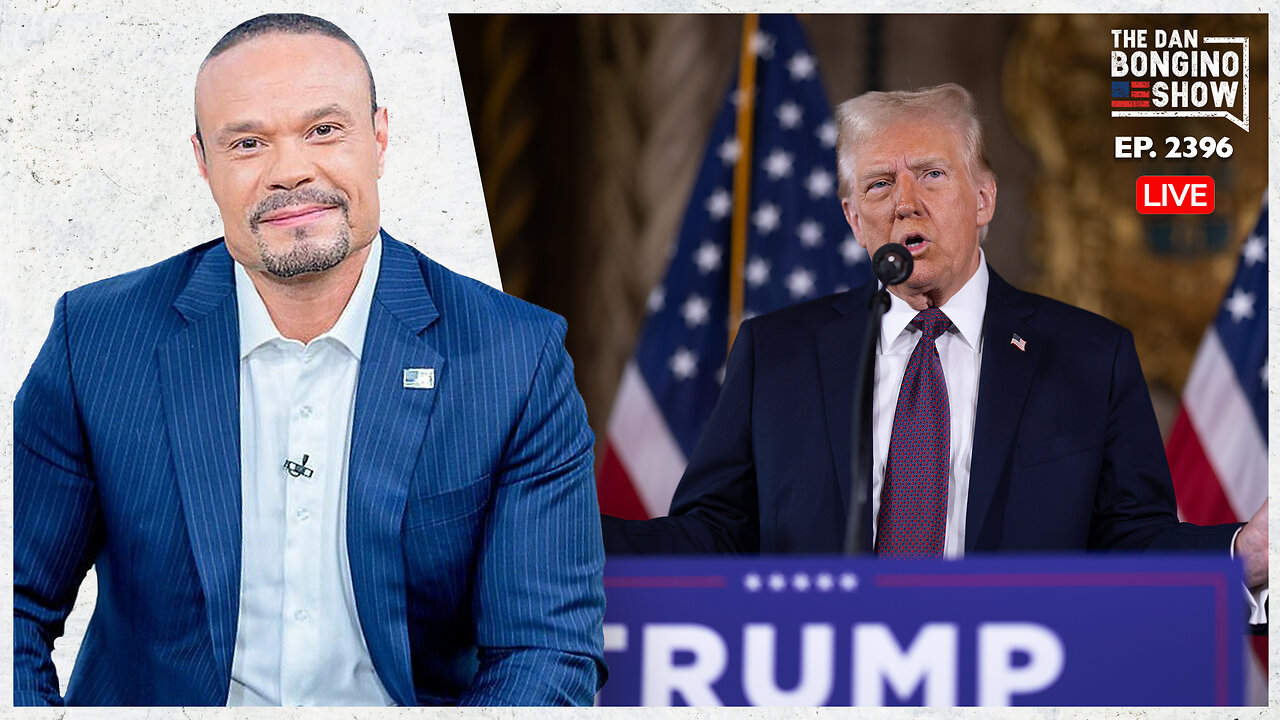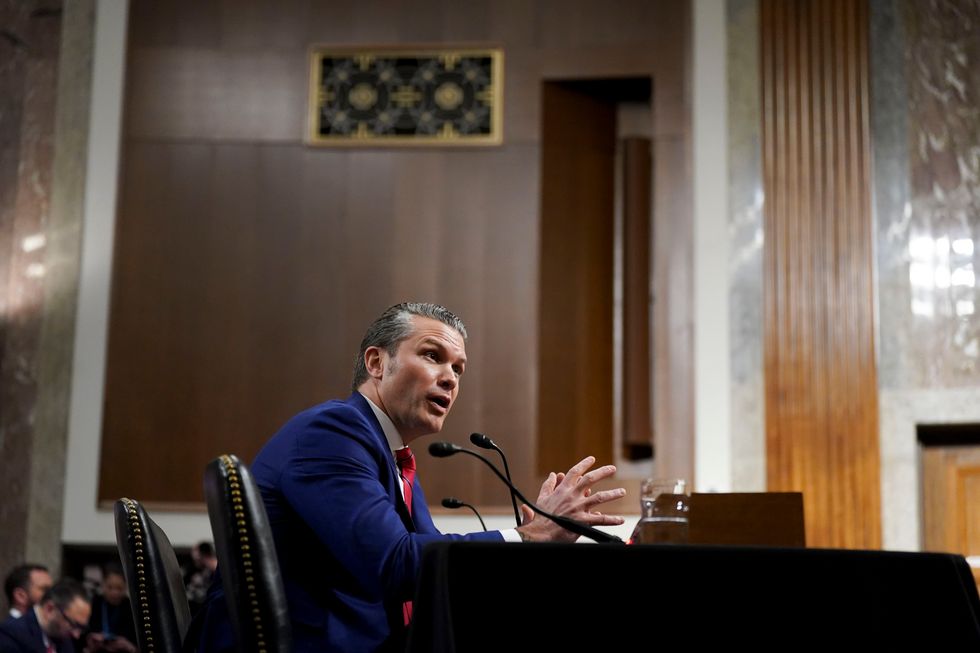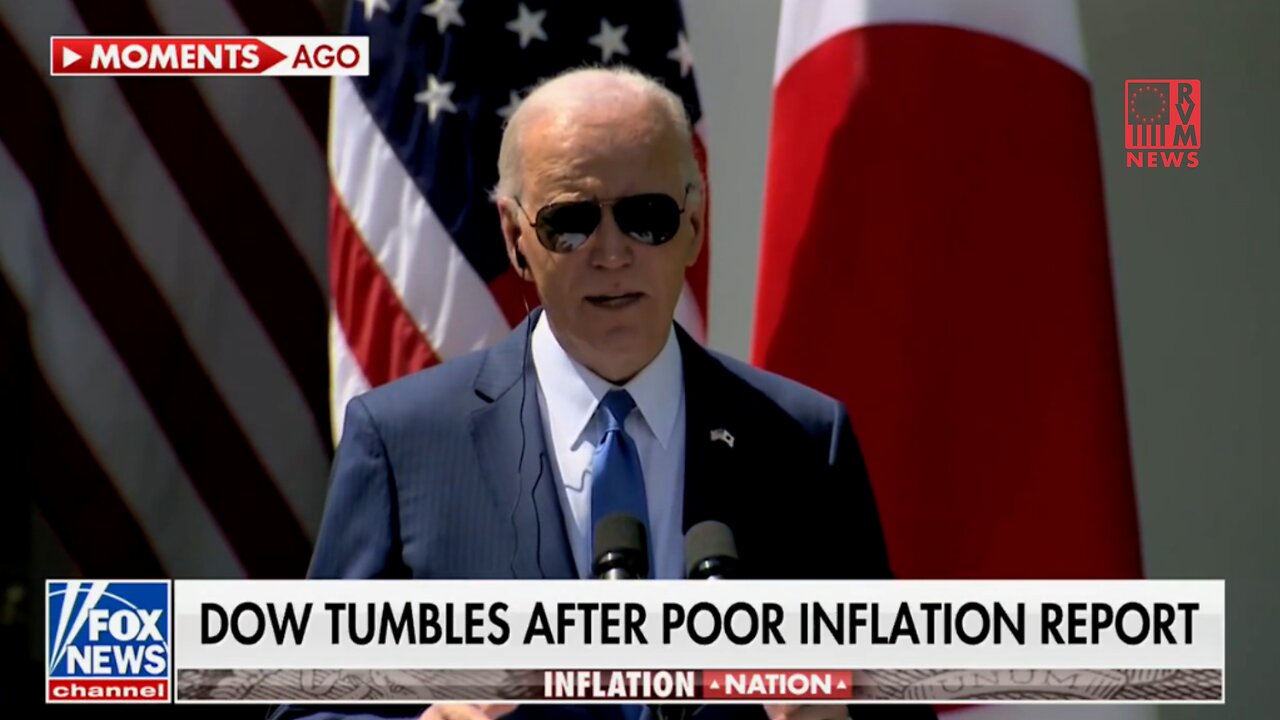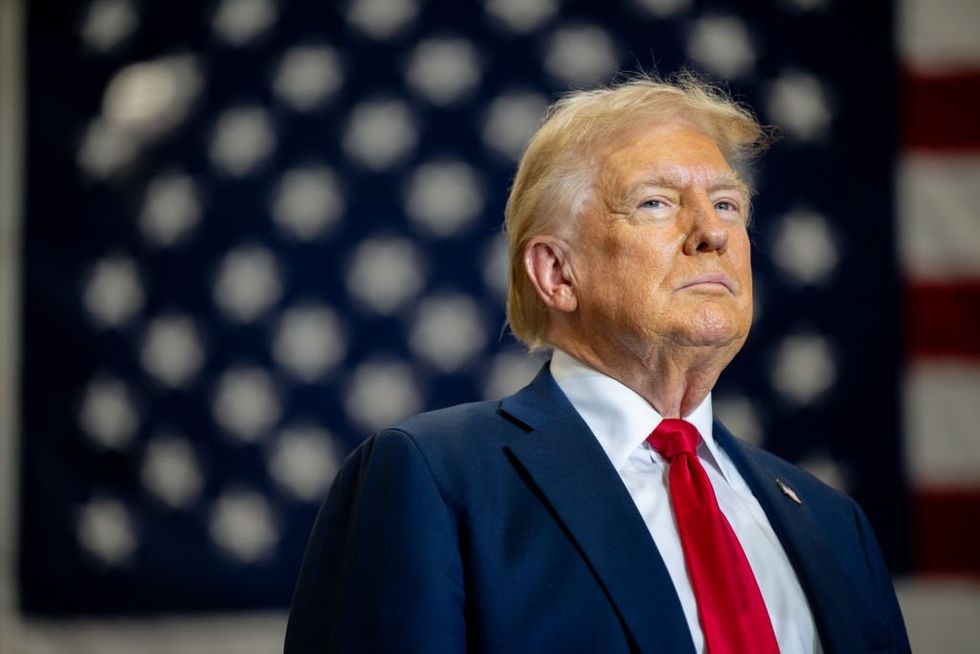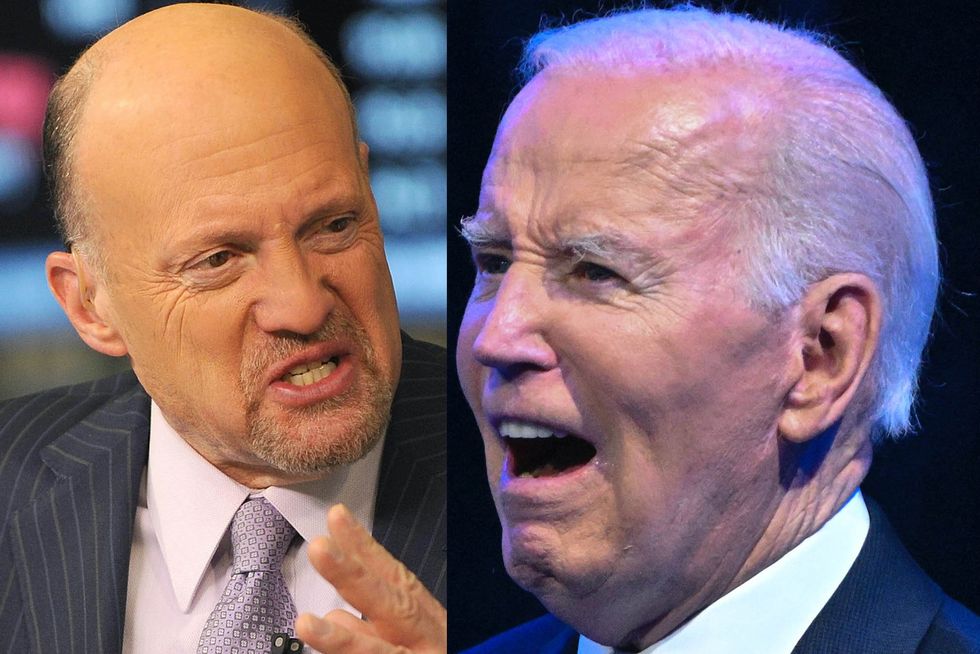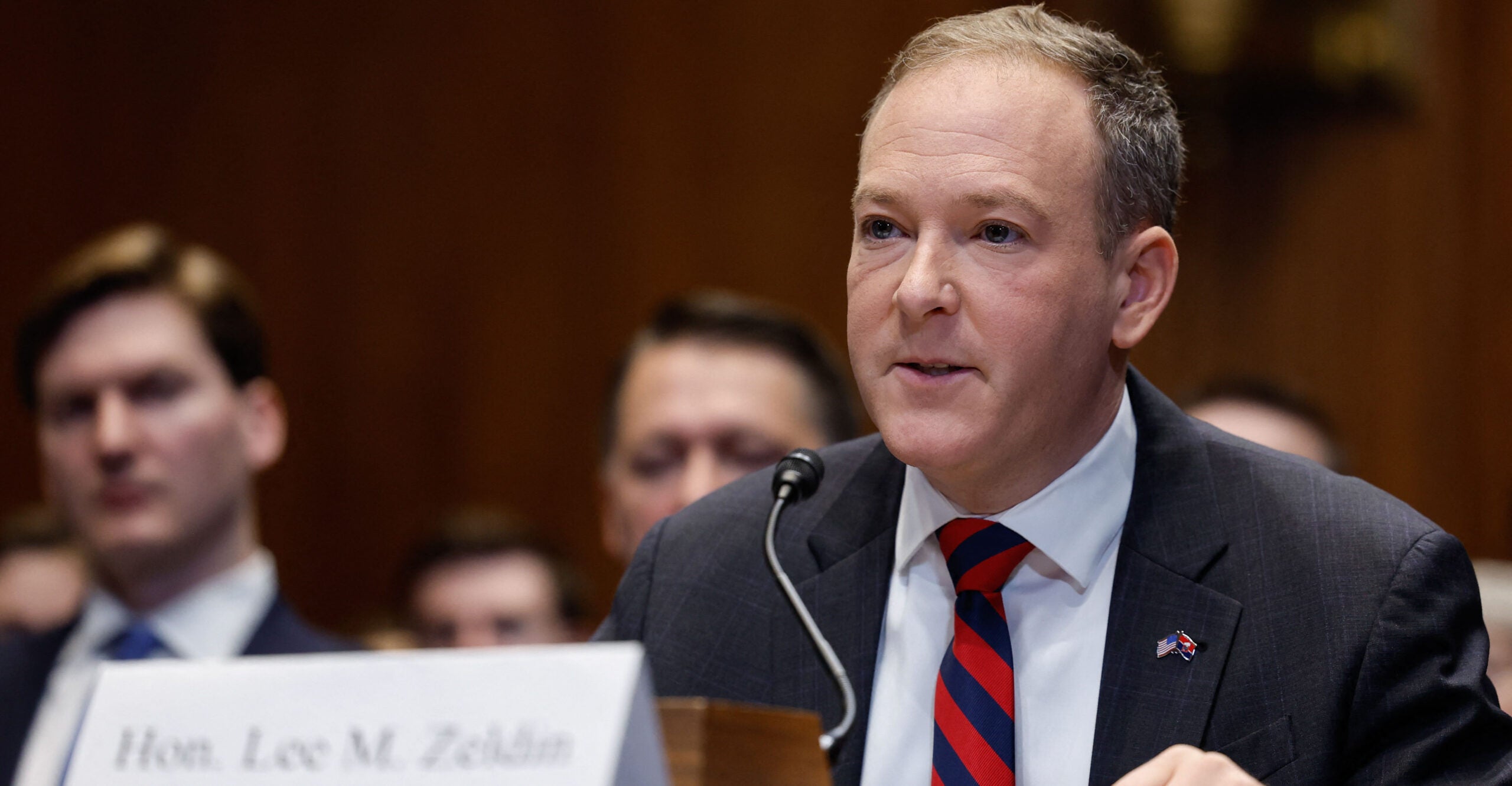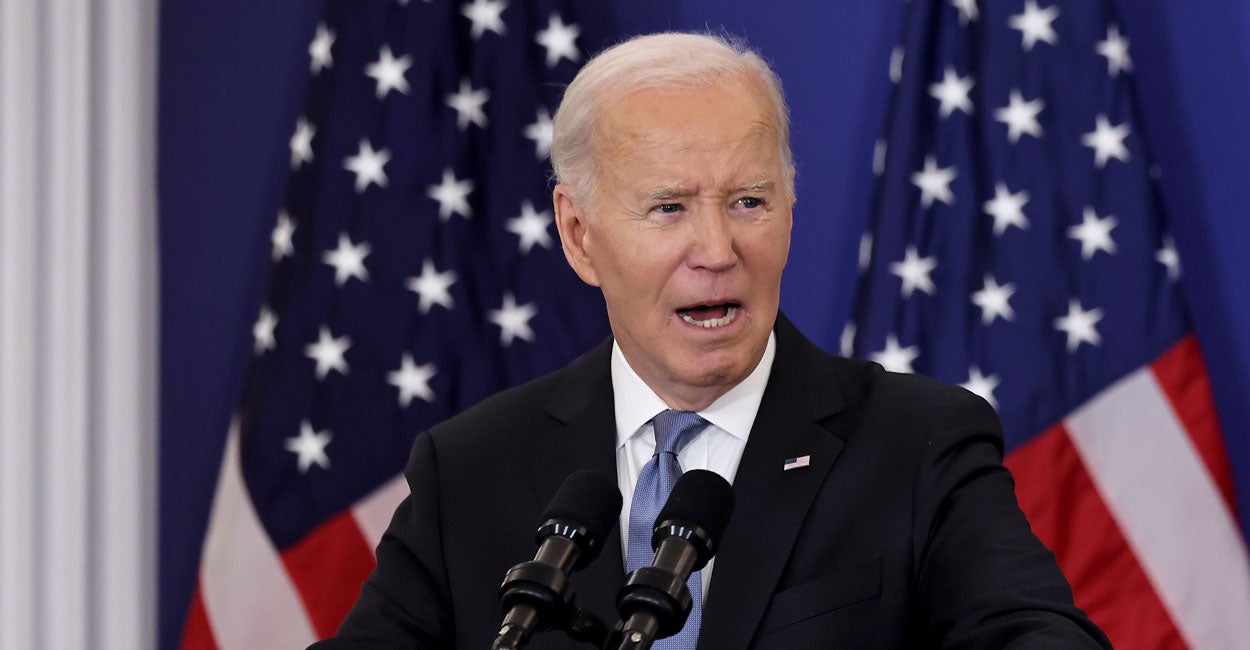Did this criminal mastermind create Bitcoin?
Who is Satoshi Nakamoto, the mysterious mastermind behind Bitcoin? According to a new HBO documentary, the answer is Peter Todd. "Who?" I hear readers asking. Todd is unknown outside the crypto world. However, he is renowned within it. A Bitcoin core developer who has played a major role in improving the cryptocurrency’s security and scalability, Todd is a legitimate expert in cryptography and decentralized systems. The Canadian has been a vocal figure in privacy, security, and blockchain governance debates. However, I argue HBO misses the mark — and badly at that. Todd himself denies the claim, and his denials make sense when you look at other candidates. Well, one in particular. This leads us to Paul Le Roux, a South African-born criminal mastermind whose technical genius made him virtually undetectable — until his empire grew too vast to ignore. Le Roux operated in the shadows for years, evading authorities while building a vast transnational crime syndicate. But like all empires built on secrecy and greed, it eventually attracted the wrong kind of attention — for LeRoux, anyway.To be clear, the grizzled geek isn’t your typical criminal; he’s one with a deep understanding of encryption, one of the foundational elements of Bitcoin. He created E4M, an open-source disk encryption software, which later inspired TrueCrypt — one of the most advanced encryption tools. This background in cryptography aligns perfectly with the skills needed to develop a secure, decentralized currency like Bitcoin. Le Roux’s work in encryption wasn’t just theoretical; he was actively applying this knowledge, which is exactly what someone like Satoshi Nakamoto would need to create a technology like Bitcoin. The mind and the motivation The timing of Le Roux’s disappearance from public view is another piece of the puzzle. Satoshi Nakamoto stopped communicating with the Bitcoin community in December 2010. Le Roux, having run a global criminal empire involved in everything from drug trafficking to arms smuggling, was arrested not long after. The fact that Satoshi went silent just as the walls closed on Le Roux appears to be more than a coincidence. Furthermore, Bitcoin itself, as a concept, fits perfectly into Le Roux’s world. His criminal empire required an untraceable and anonymous way to move money across borders. Bitcoin, designed to allow peer-to-peer transactions without the need for banks or governments, would have been an ideal solution. If anyone had the motive to create such a tool, it was Le Roux. His illegal activities thrived on invisibility and untraceable financial systems, and Bitcoin provided exactly that. The structure of Bitcoin — decentralized, largely anonymous, and resistant to control at the time of his dealings — would have been the perfect financial instrument for someone running a vast international criminal network. There are also direct links between Le Roux and the Bitcoin community, albeit subtle ones. During the Kleiman v. Wright lawsuit involving Craig Wright (a man who also claims to be Satoshi), a court document included a reference to Le Roux’s Wikipedia page. This raised suspicions that Wright had access to Le Roux’s hard drives or other materials connected to Bitcoin’s creation. While this connection remains entirely speculative, it adds another intrigue to the theory. It’s possible that Wright, who has been widely discredited as Satoshi, may have stumbled upon information linking Le Roux to Bitcoin, which could explain why he included that reference in the legal case. Then, there’s Calvin Ayre, whose connection to both Wright and LeRoux deepens the mystery surrounding Bitcoin’s origins. Despite widespread skepticism, Ayre, a gambling magnate, reportedly backed Wright's claim to be Satoshi Nakamoto. The theory suggests that Ayre may know Wright isn't the real Satoshi, but he continues supporting him in gaining access to the private keys.But wait, there’s more. What’s in a name? Le Roux’s alias, “Paul Solotshi Calder Le Roux,” might be one of the most compelling clues linking him to Bitcoin’s creation. The middle name “Solotshi” is strikingly close to “Satoshi,” don’t you think? It’s easy to imagine a criminal of Le Roux’s caliber adopting a clever variation of his name to hide in plain sight, especially in the midst of developing something as revolutionary as Bitcoin. Yes, I know, many will brush it off as a coincidence, but the similarity between the names is pretty hard to overlook. Even after his arrest, Le Roux remained connected to Bitcoin in surprising ways. In 2020, while serving his prison sentence, he told a Manhattan judge that he planned to start a Bitcoin mining business after serving his time. The grizzled guru specifically mentioned his desire to design faster, more efficient mining hardware. Again, maybe it’s all just coincidental. Then, again, maybe not. Although there’s no definitive proof that Paul Le Roux is Satoshi Nakamoto, the circumstantial evidence paints a rather compelling
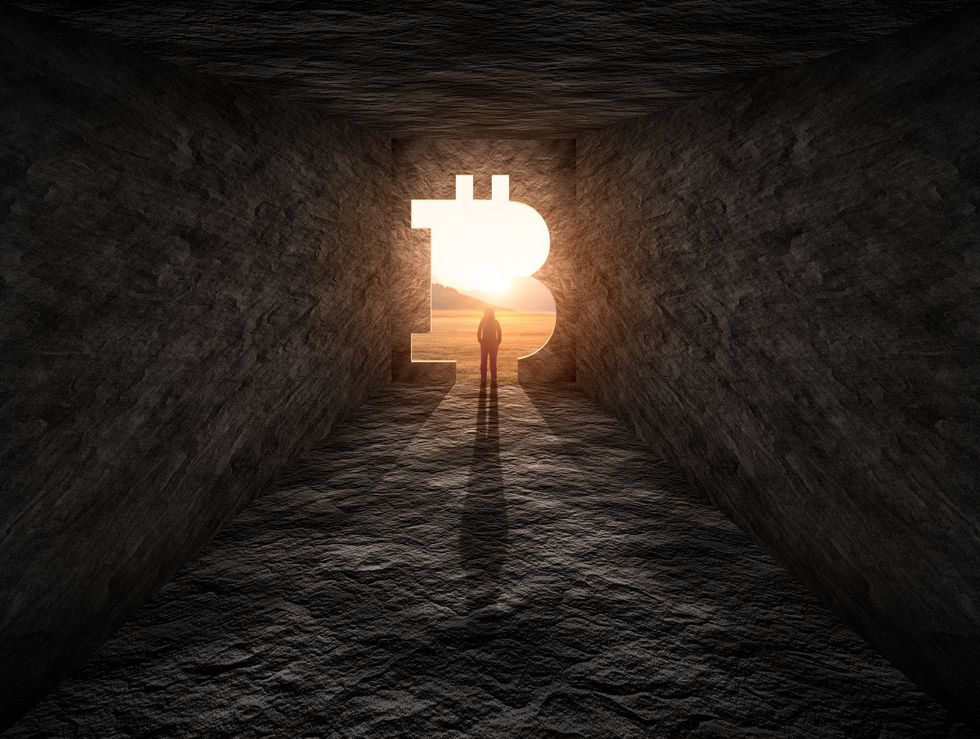

Who is Satoshi Nakamoto, the mysterious mastermind behind Bitcoin? According to a new HBO documentary, the answer is Peter Todd.
"Who?" I hear readers asking.
Todd is unknown outside the crypto world. However, he is renowned within it.
A Bitcoin core developer who has played a major role in improving the cryptocurrency’s security and scalability, Todd is a legitimate expert in cryptography and decentralized systems. The Canadian has been a vocal figure in privacy, security, and blockchain governance debates.
However, I argue HBO misses the mark — and badly at that.
Todd himself denies the claim, and his denials make sense when you look at other candidates. Well, one in particular.
This leads us to Paul Le Roux, a South African-born criminal mastermind whose technical genius made him virtually undetectable — until his empire grew too vast to ignore. Le Roux operated in the shadows for years, evading authorities while building a vast transnational crime syndicate. But like all empires built on secrecy and greed, it eventually attracted the wrong kind of attention — for LeRoux, anyway.
To be clear, the grizzled geek isn’t your typical criminal; he’s one with a deep understanding of encryption, one of the foundational elements of Bitcoin. He created E4M, an open-source disk encryption software, which later inspired TrueCrypt — one of the most advanced encryption tools. This background in cryptography aligns perfectly with the skills needed to develop a secure, decentralized currency like Bitcoin. Le Roux’s work in encryption wasn’t just theoretical; he was actively applying this knowledge, which is exactly what someone like Satoshi Nakamoto would need to create a technology like Bitcoin.
The mind and the motivation
The timing of Le Roux’s disappearance from public view is another piece of the puzzle. Satoshi Nakamoto stopped communicating with the Bitcoin community in December 2010. Le Roux, having run a global criminal empire involved in everything from drug trafficking to arms smuggling, was arrested not long after. The fact that Satoshi went silent just as the walls closed on Le Roux appears to be more than a coincidence.
Furthermore, Bitcoin itself, as a concept, fits perfectly into Le Roux’s world. His criminal empire required an untraceable and anonymous way to move money across borders. Bitcoin, designed to allow peer-to-peer transactions without the need for banks or governments, would have been an ideal solution. If anyone had the motive to create such a tool, it was Le Roux. His illegal activities thrived on invisibility and untraceable financial systems, and Bitcoin provided exactly that. The structure of Bitcoin — decentralized, largely anonymous, and resistant to control at the time of his dealings — would have been the perfect financial instrument for someone running a vast international criminal network.
There are also direct links between Le Roux and the Bitcoin community, albeit subtle ones. During the Kleiman v. Wright lawsuit involving Craig Wright (a man who also claims to be Satoshi), a court document included a reference to Le Roux’s Wikipedia page. This raised suspicions that Wright had access to Le Roux’s hard drives or other materials connected to Bitcoin’s creation. While this connection remains entirely speculative, it adds another intrigue to the theory. It’s possible that Wright, who has been widely discredited as Satoshi, may have stumbled upon information linking Le Roux to Bitcoin, which could explain why he included that reference in the legal case. Then, there’s Calvin Ayre, whose connection to both Wright and LeRoux deepens the mystery surrounding Bitcoin’s origins. Despite widespread skepticism, Ayre, a gambling magnate, reportedly backed Wright's claim to be Satoshi Nakamoto. The theory suggests that Ayre may know Wright isn't the real Satoshi, but he continues supporting him in gaining access to the private keys.
But wait, there’s more.
What’s in a name?
Le Roux’s alias, “Paul Solotshi Calder Le Roux,” might be one of the most compelling clues linking him to Bitcoin’s creation. The middle name “Solotshi” is strikingly close to “Satoshi,” don’t you think? It’s easy to imagine a criminal of Le Roux’s caliber adopting a clever variation of his name to hide in plain sight, especially in the midst of developing something as revolutionary as Bitcoin. Yes, I know, many will brush it off as a coincidence, but the similarity between the names is pretty hard to overlook.
Even after his arrest, Le Roux remained connected to Bitcoin in surprising ways. In 2020, while serving his prison sentence, he told a Manhattan judge that he planned to start a Bitcoin mining business after serving his time. The grizzled guru specifically mentioned his desire to design faster, more efficient mining hardware. Again, maybe it’s all just coincidental. Then, again, maybe not.
Although there’s no definitive proof that Paul Le Roux is Satoshi Nakamoto, the circumstantial evidence paints a rather compelling picture. Le Roux's mastery of cryptography, the suspicious timing of his vanishing from the public eye, his criminal motivations, and his tendency to use aliases all line up with the profile of Bitcoin’s mysterious creator. Le Roux is certainly a far more plausible candidate than Peter Todd. Todd, though respected in the cryptography community, has never been associated with the kind of large-scale, secretive operations that would require something like Bitcoin. His skills are undeniable, but he lacks the shadowy, high-stakes background that aligns so well with the motivations behind Bitcoin’s design.
Originally Published at Daily Wire, World Net Daily, or The Blaze
What's Your Reaction?






















